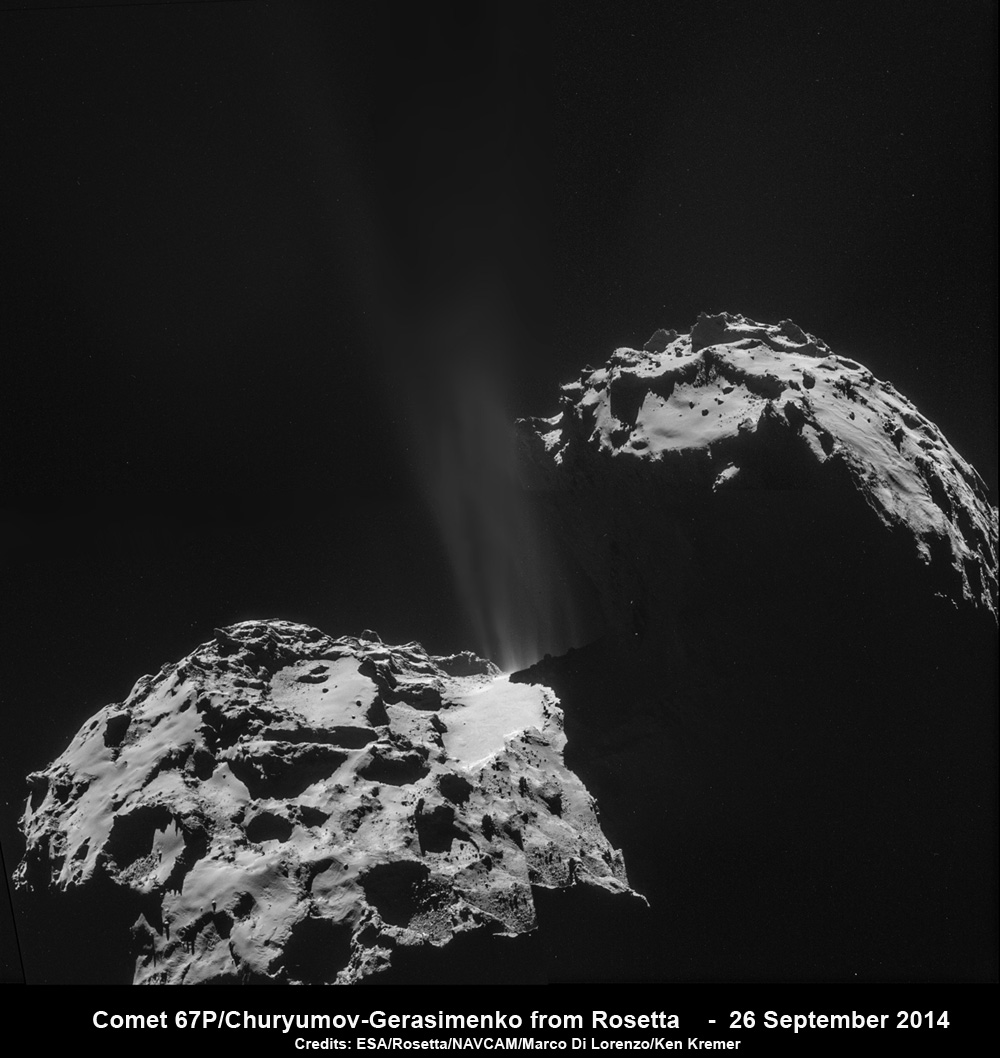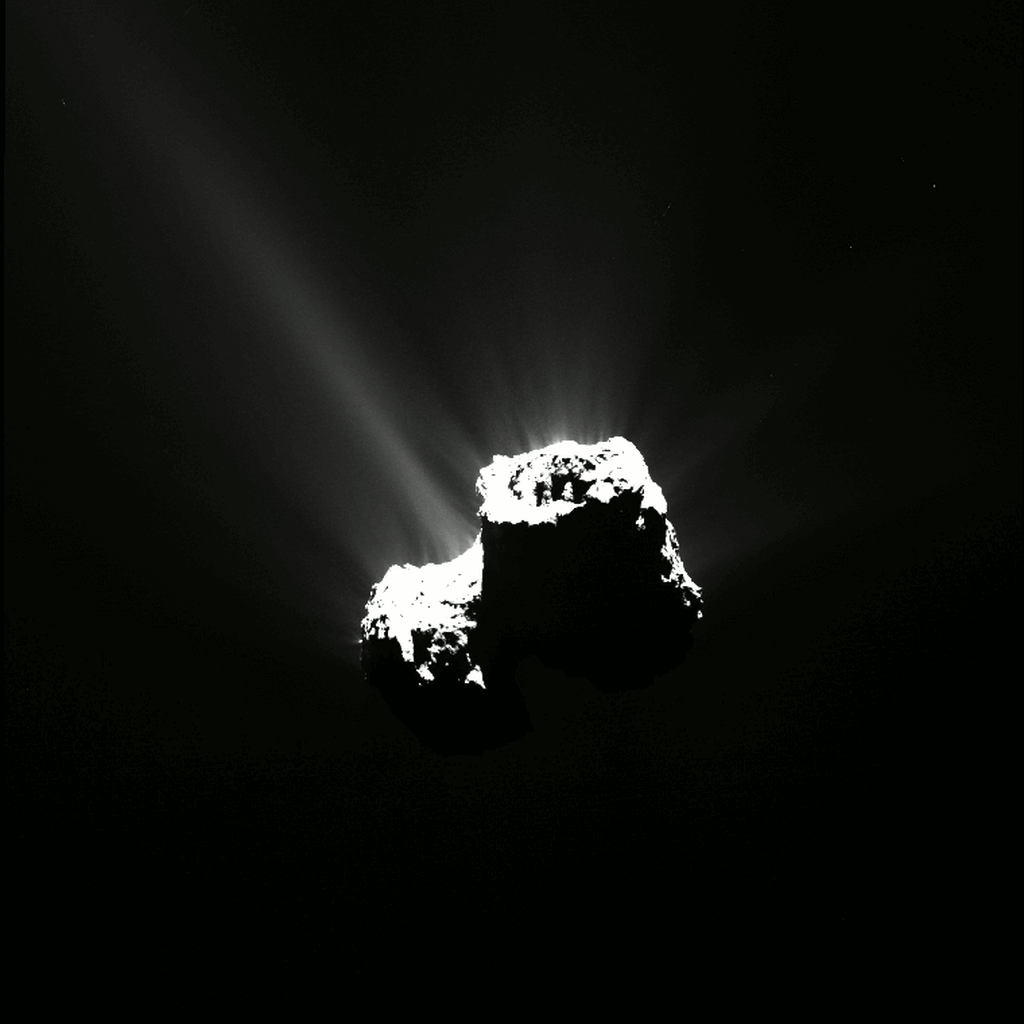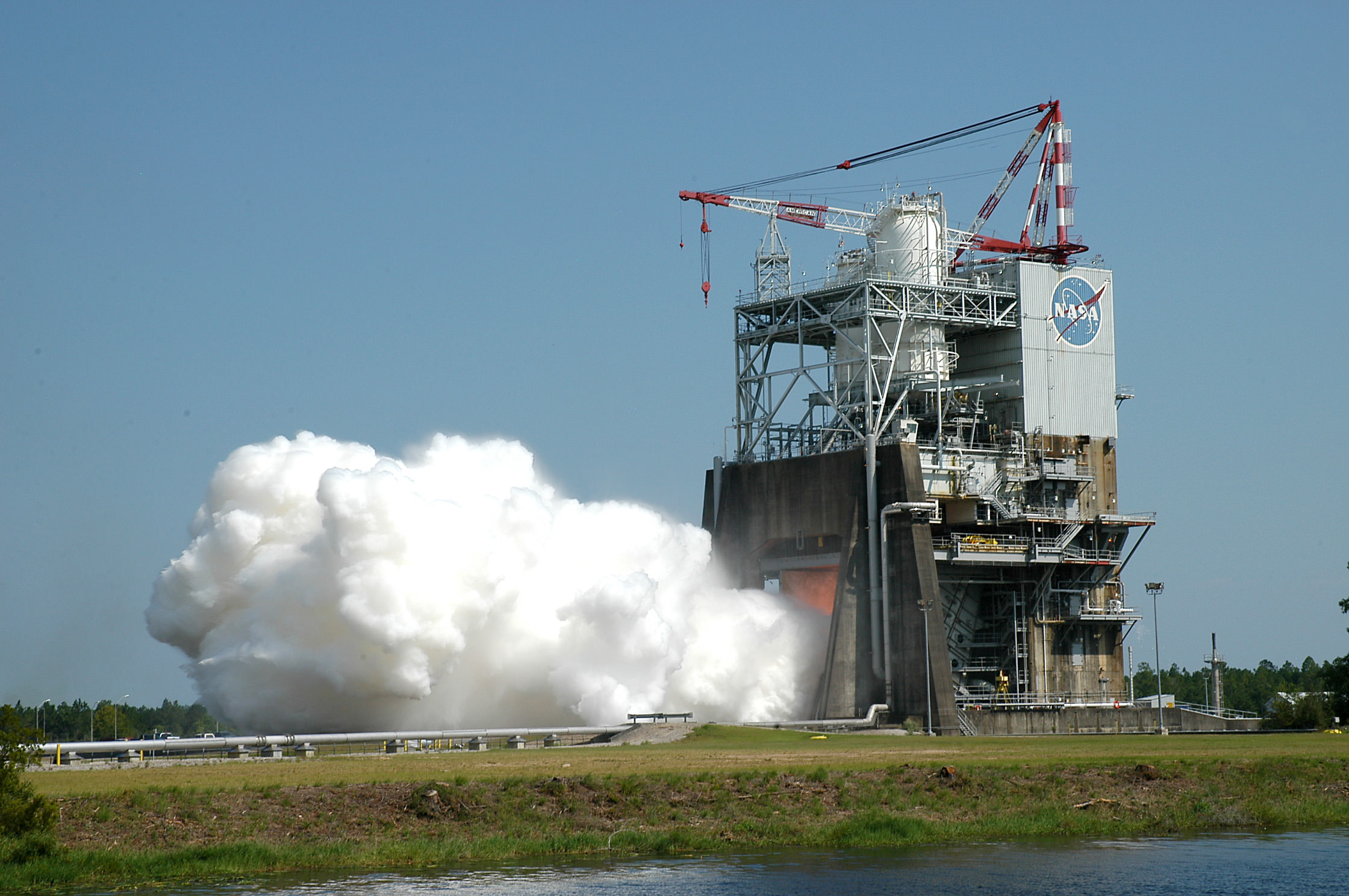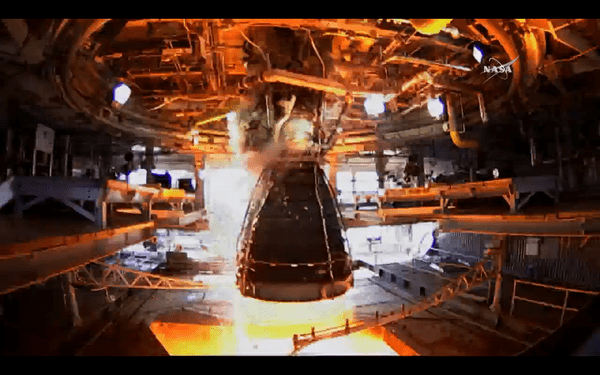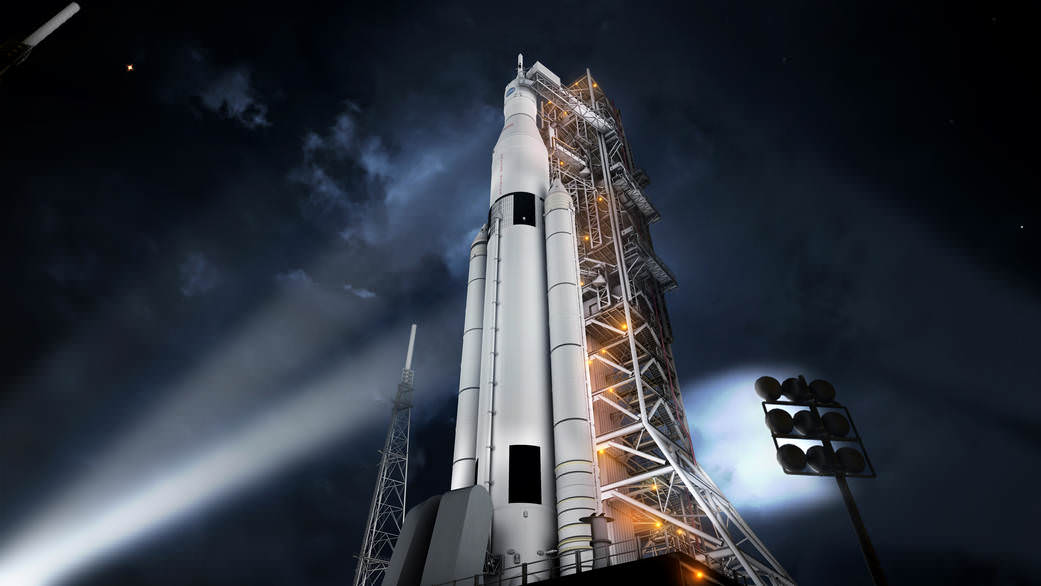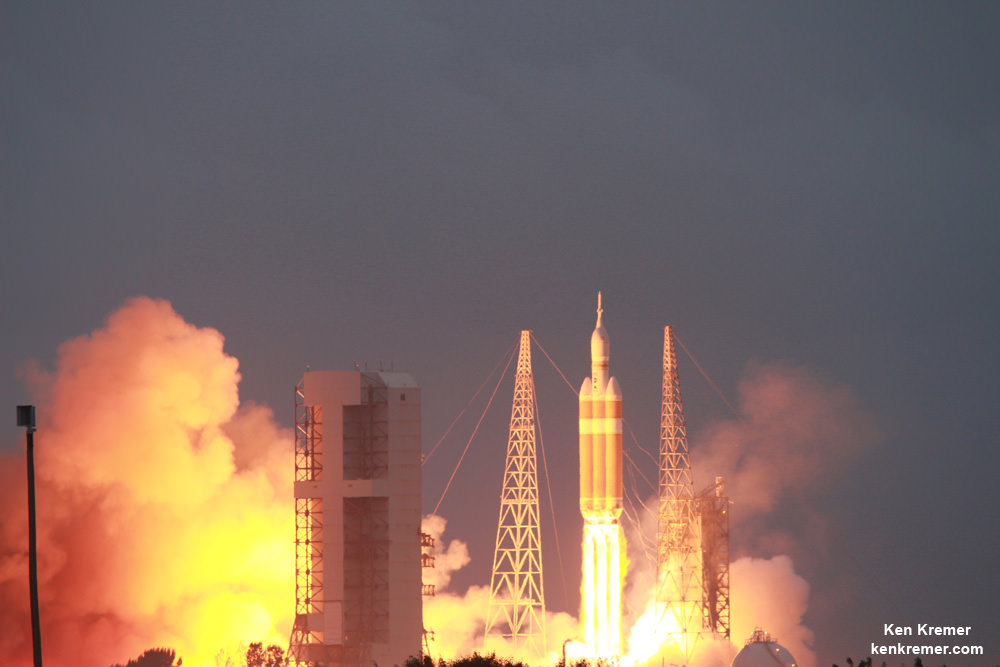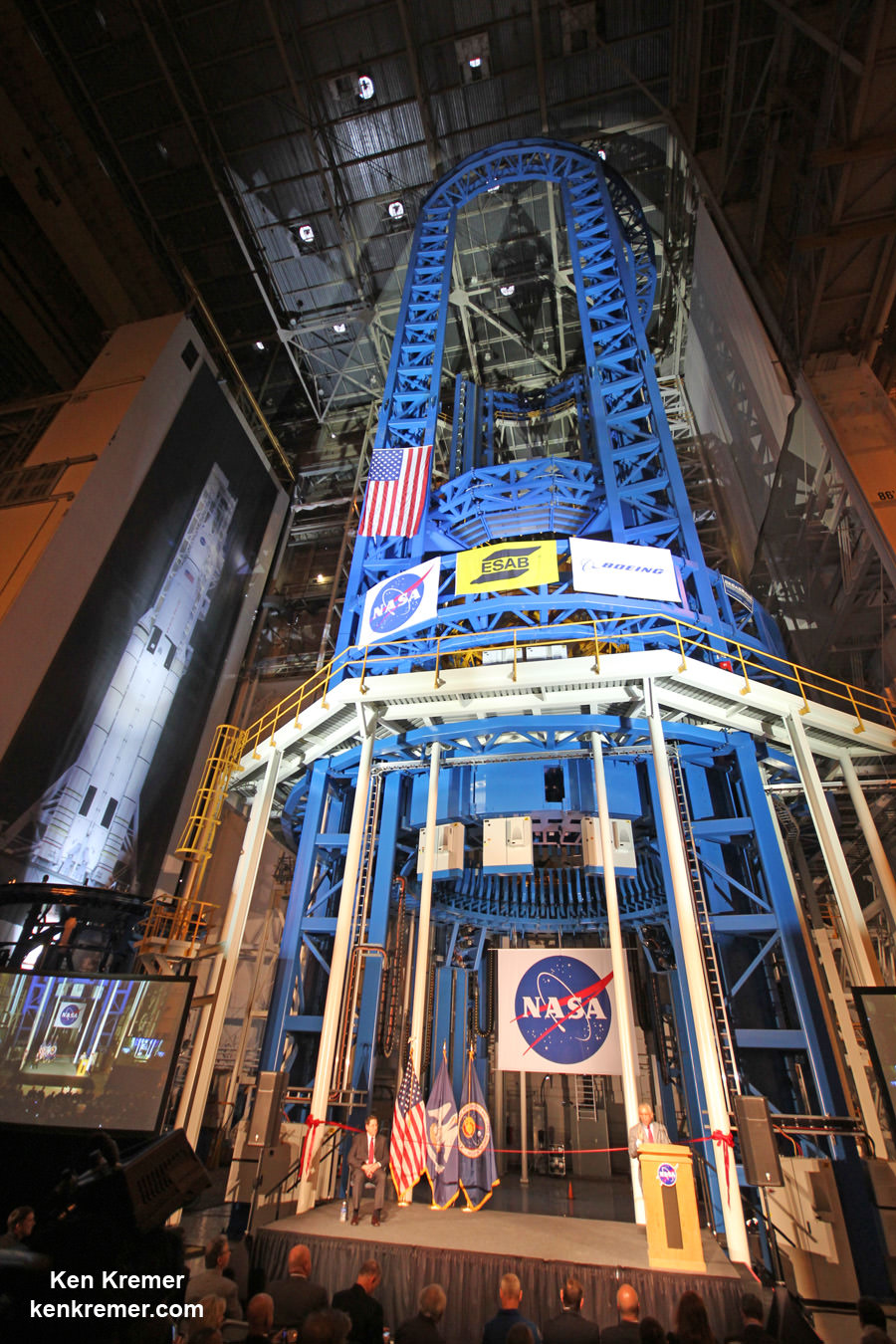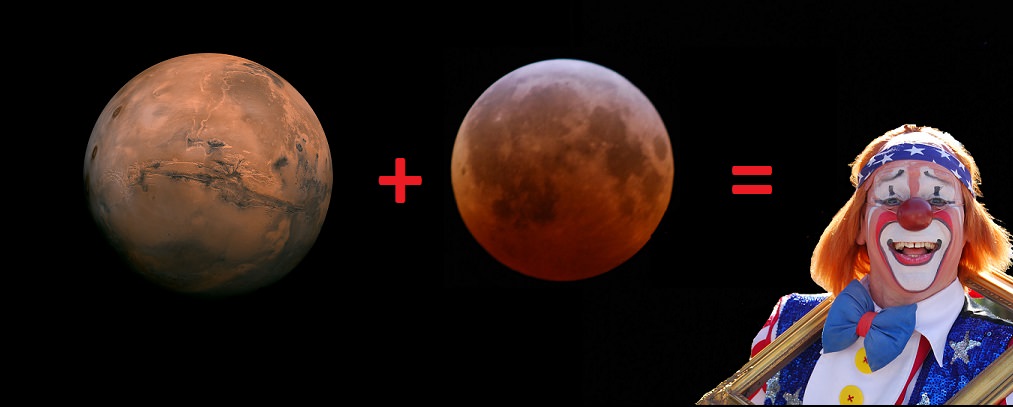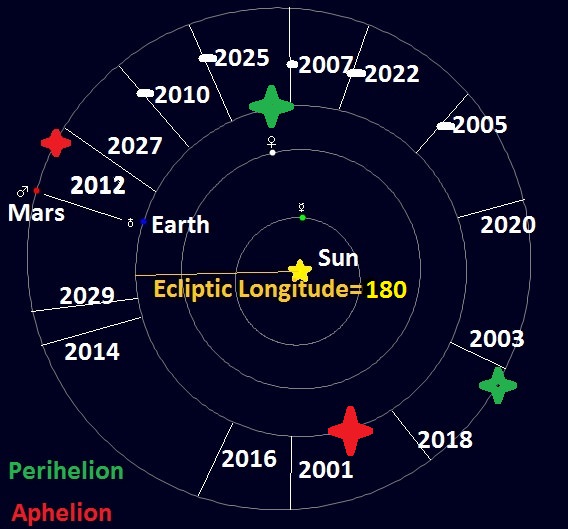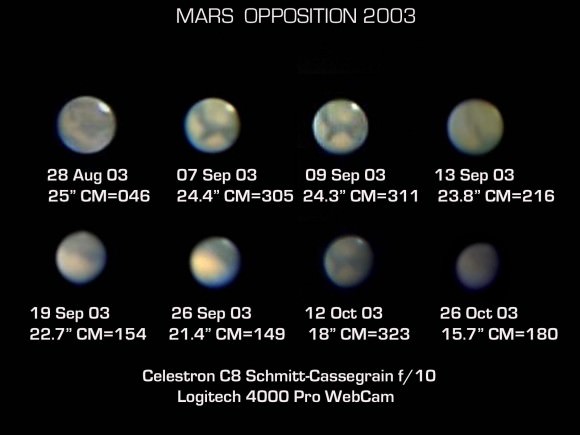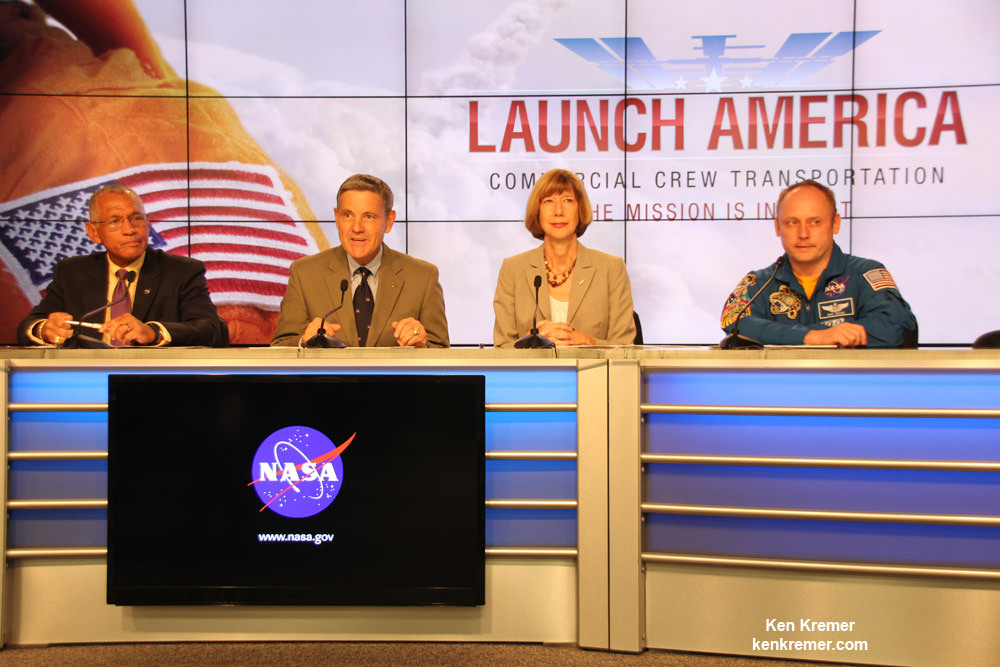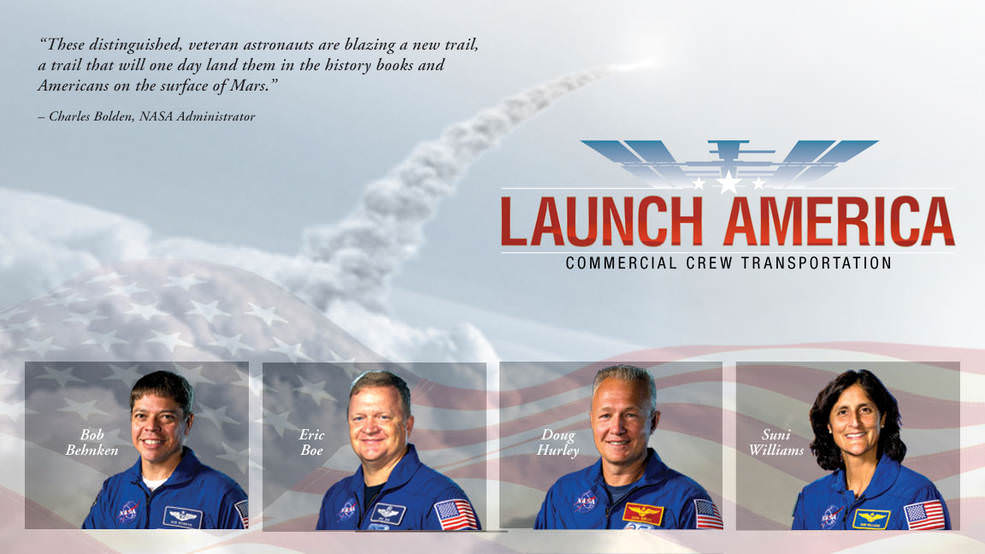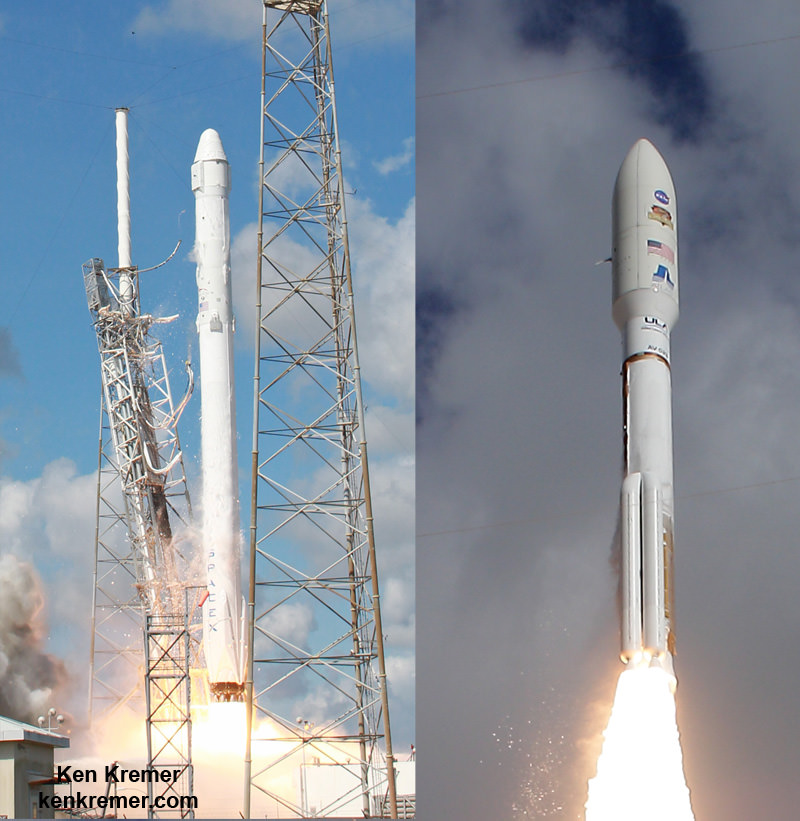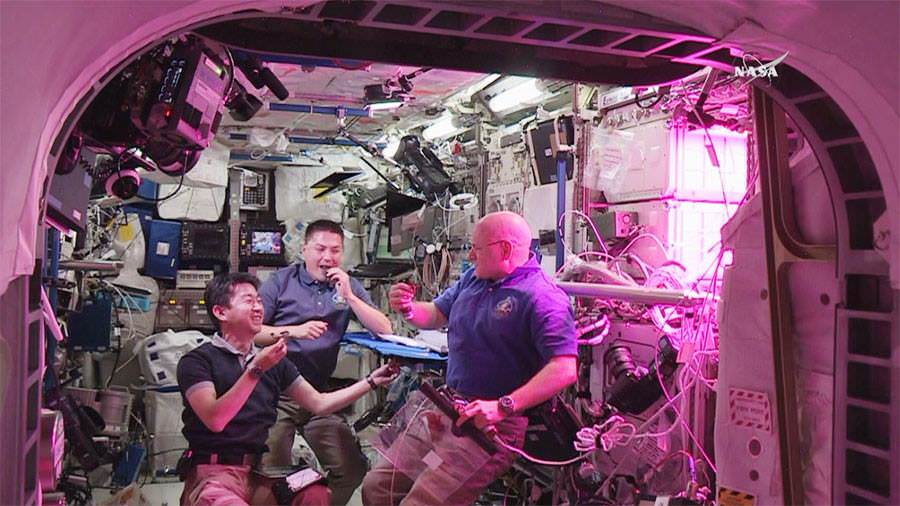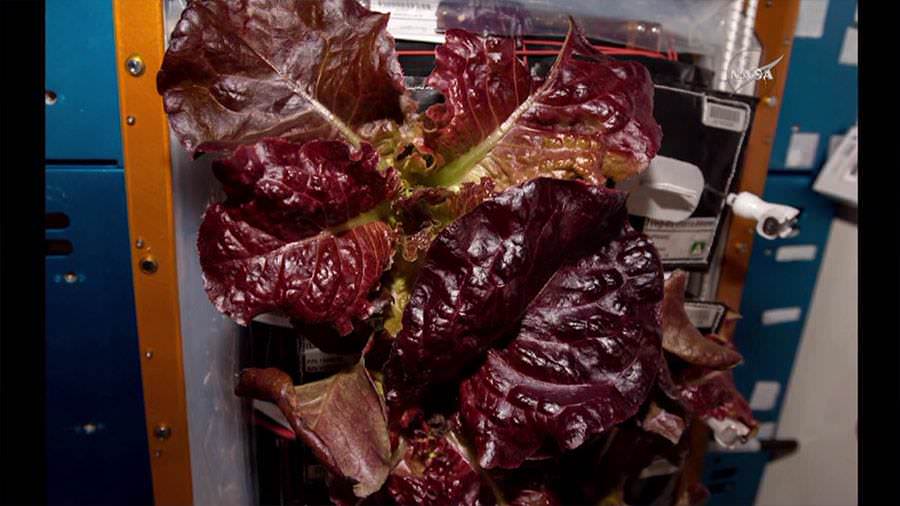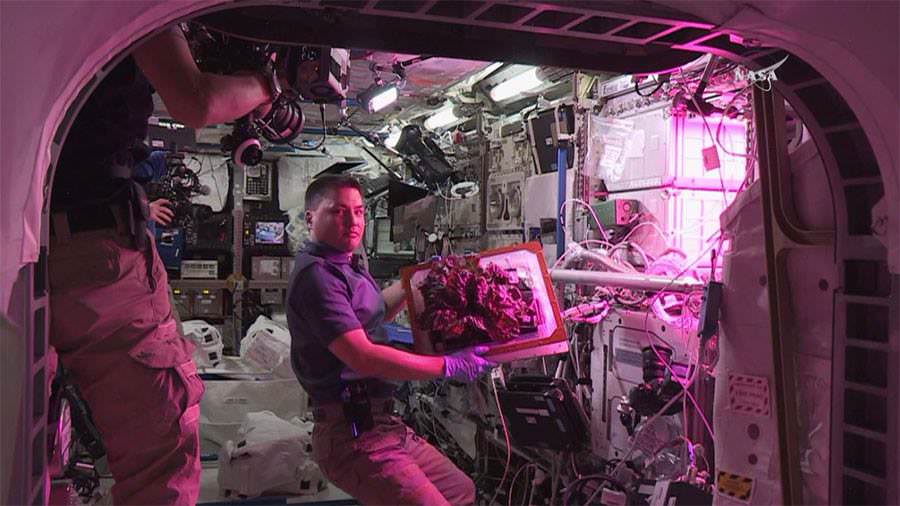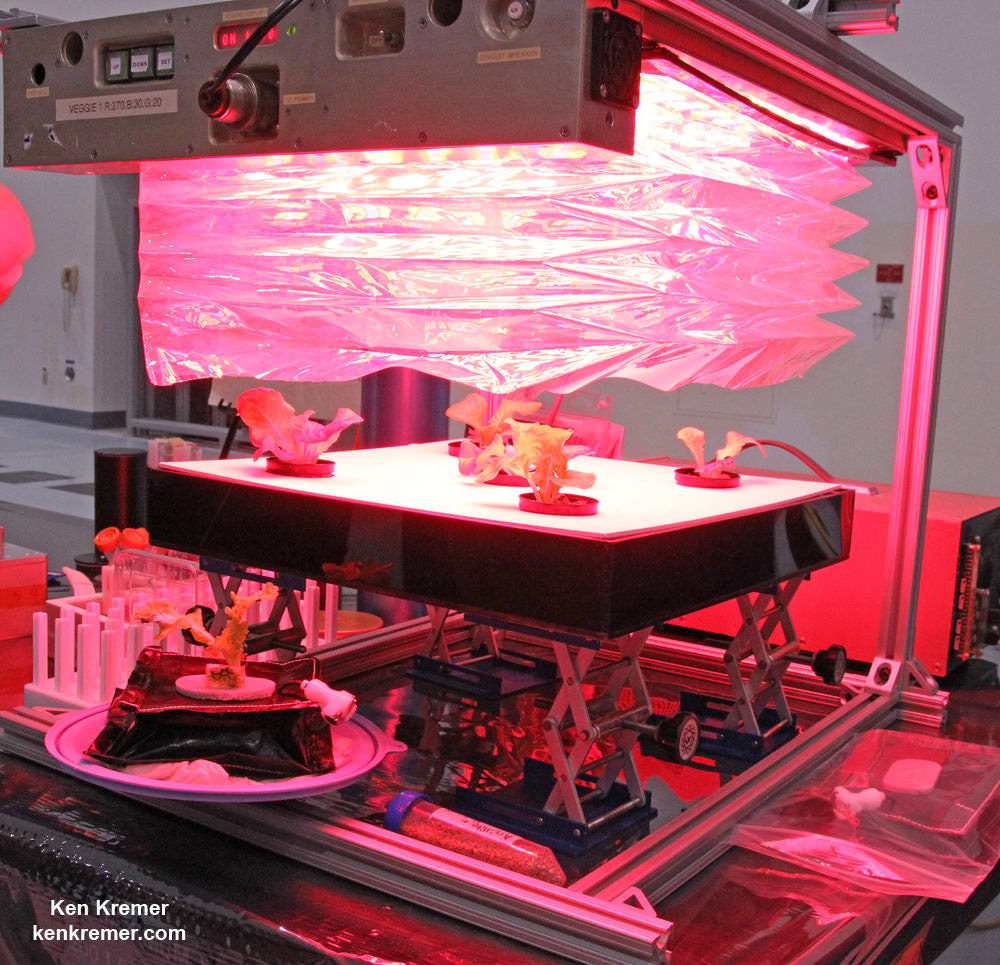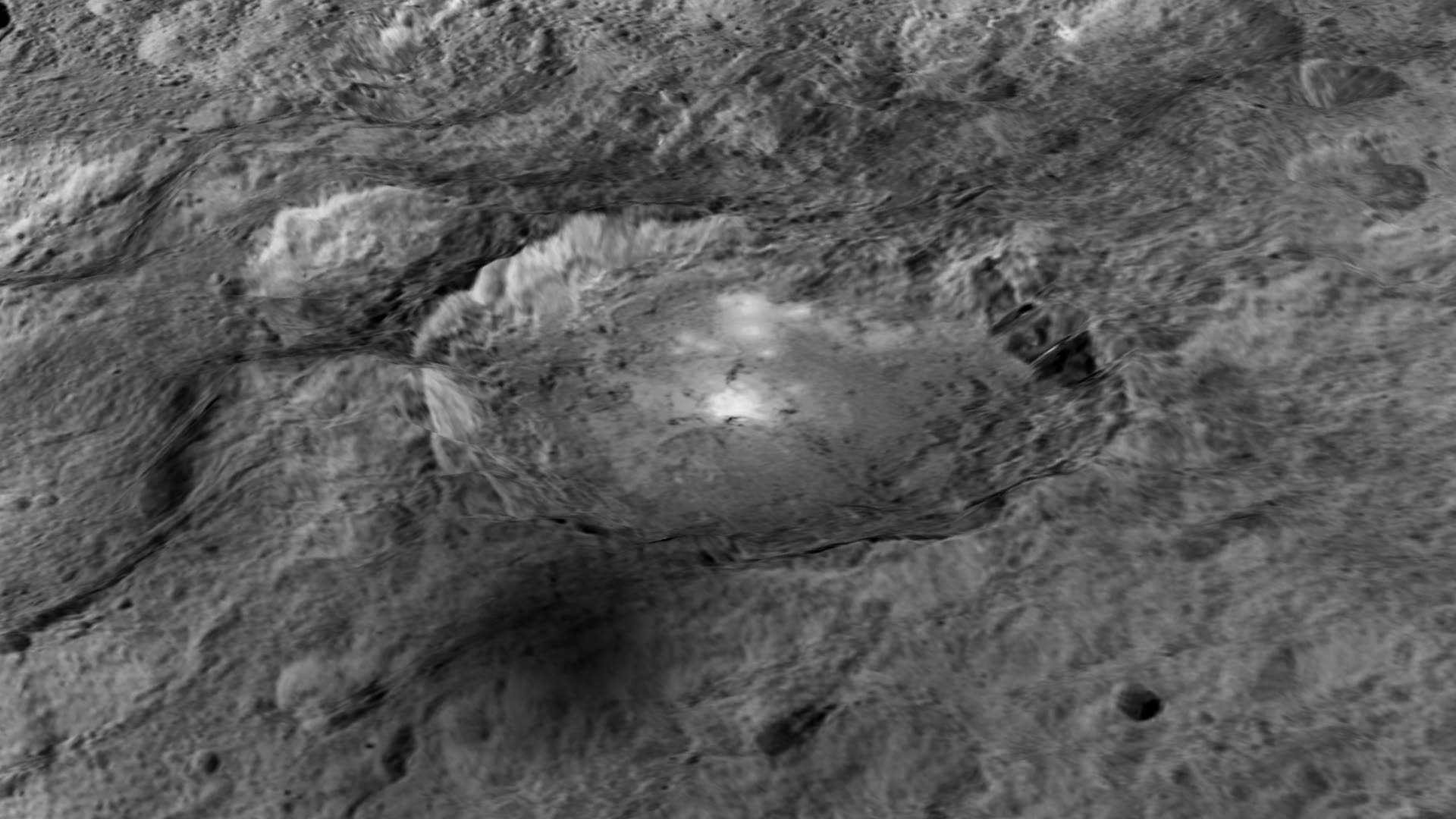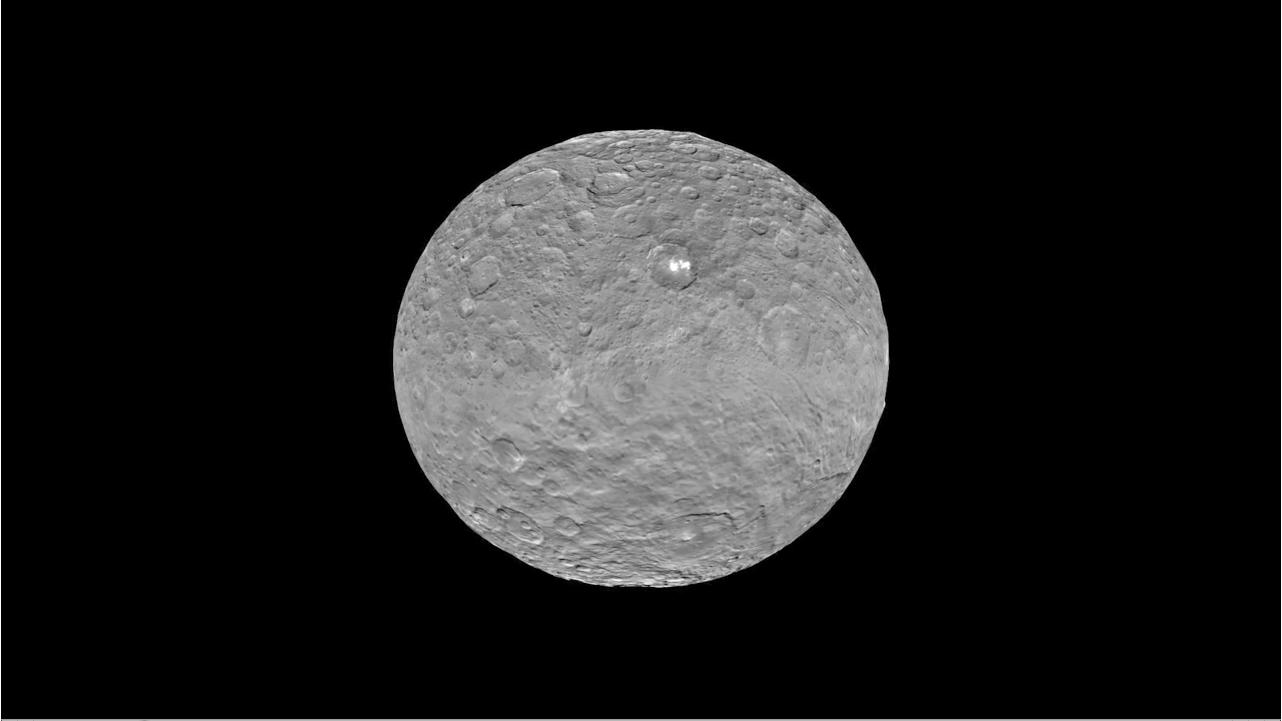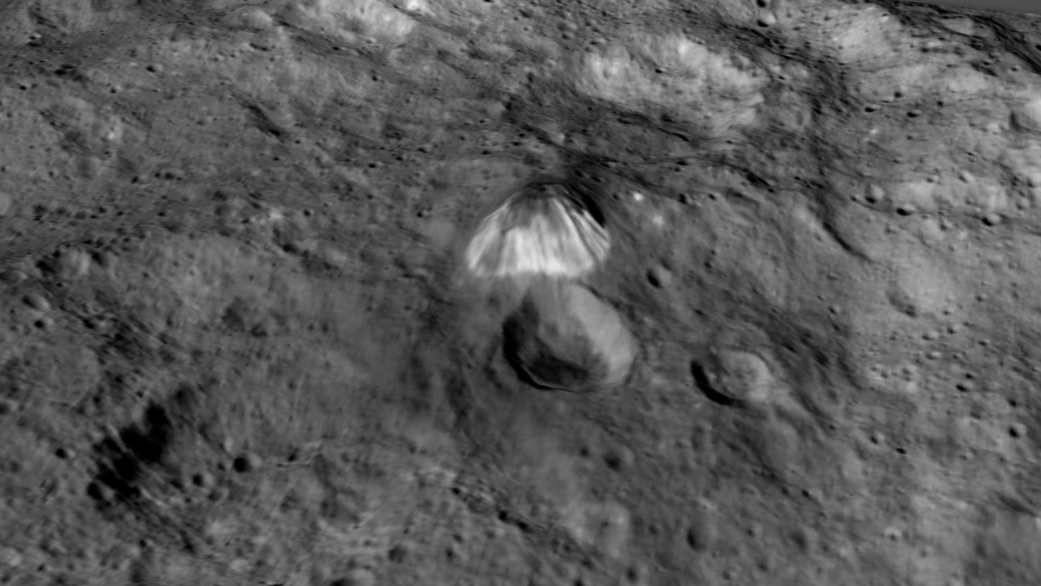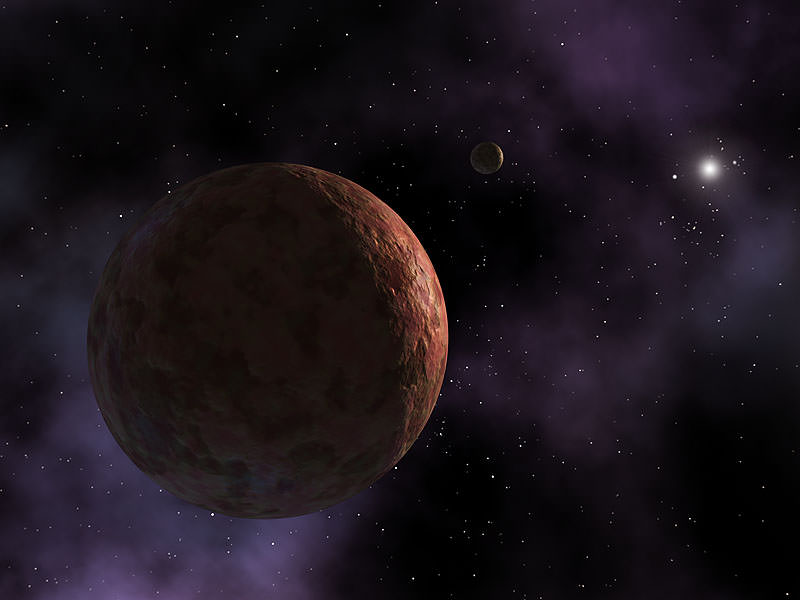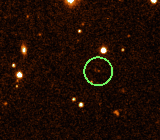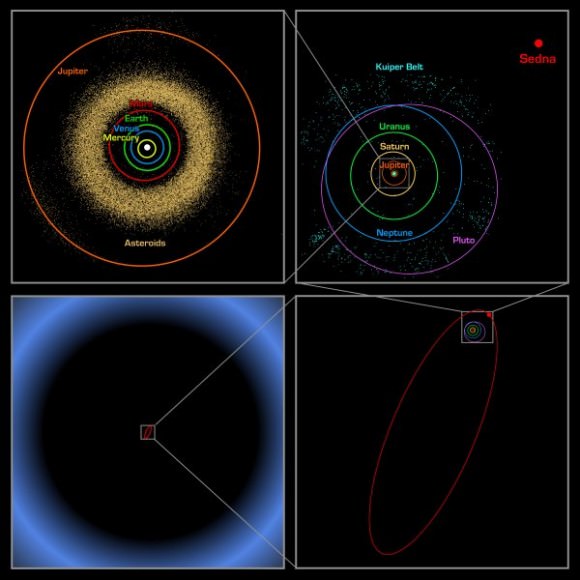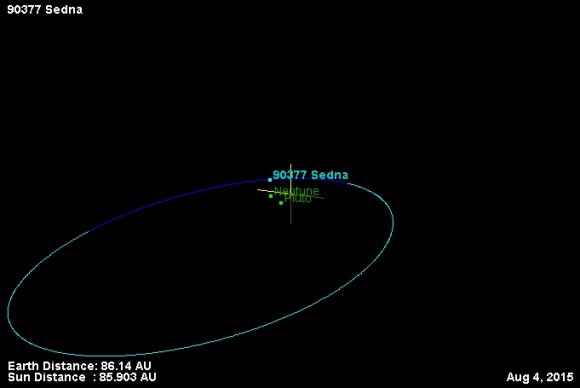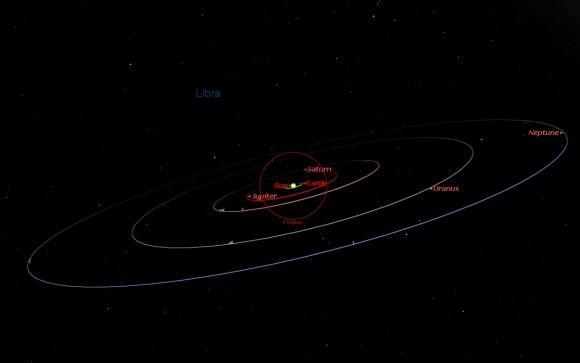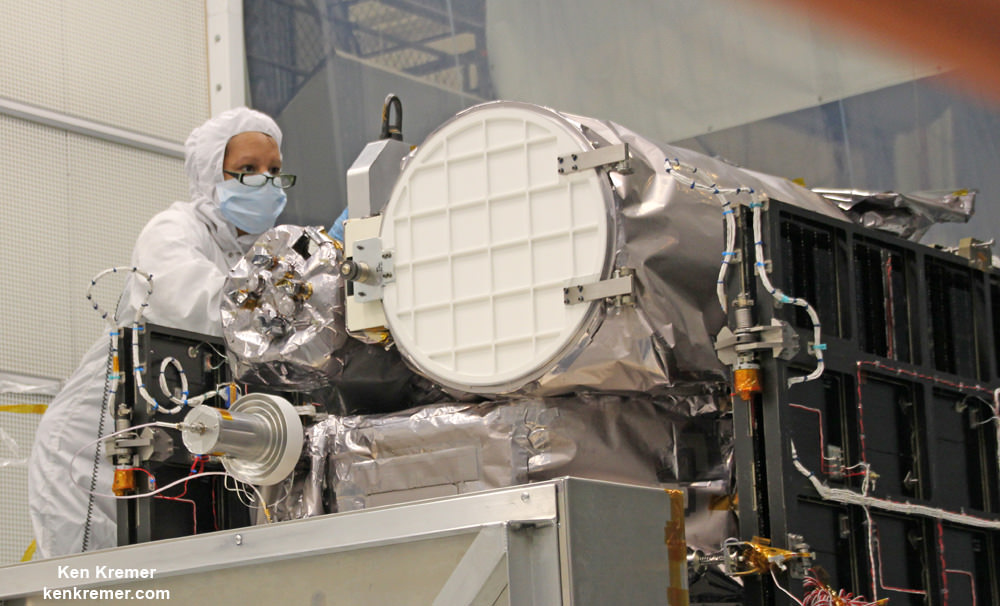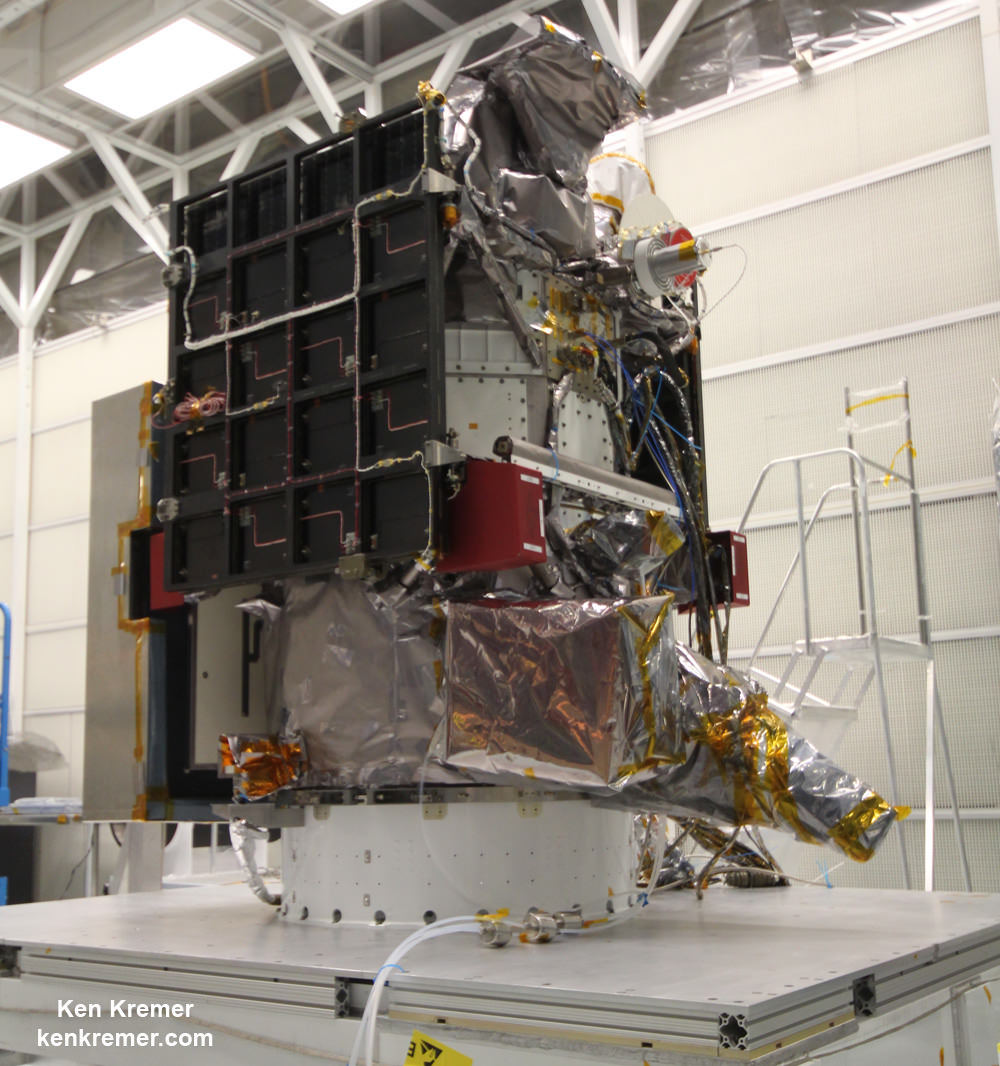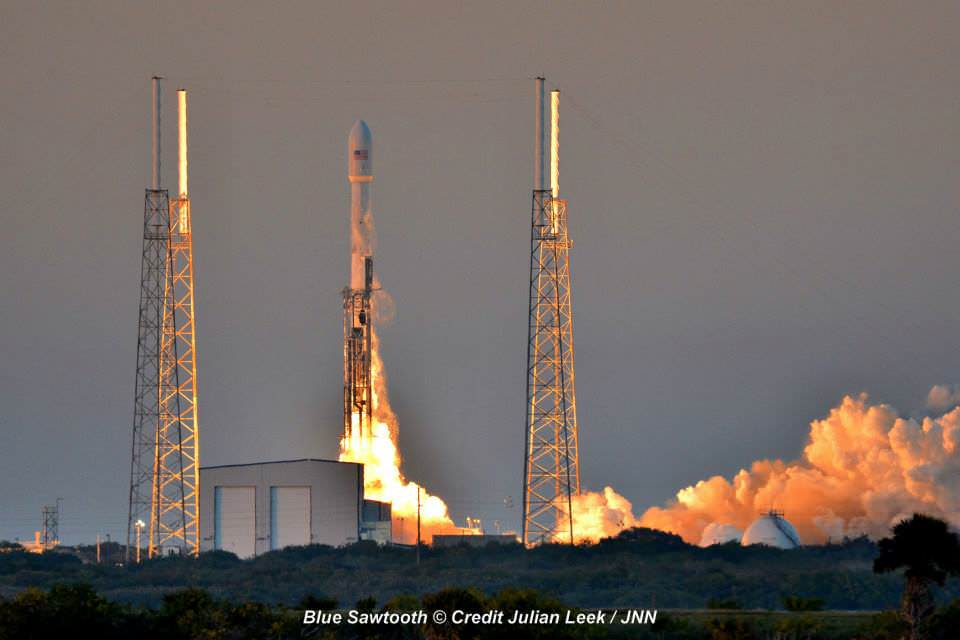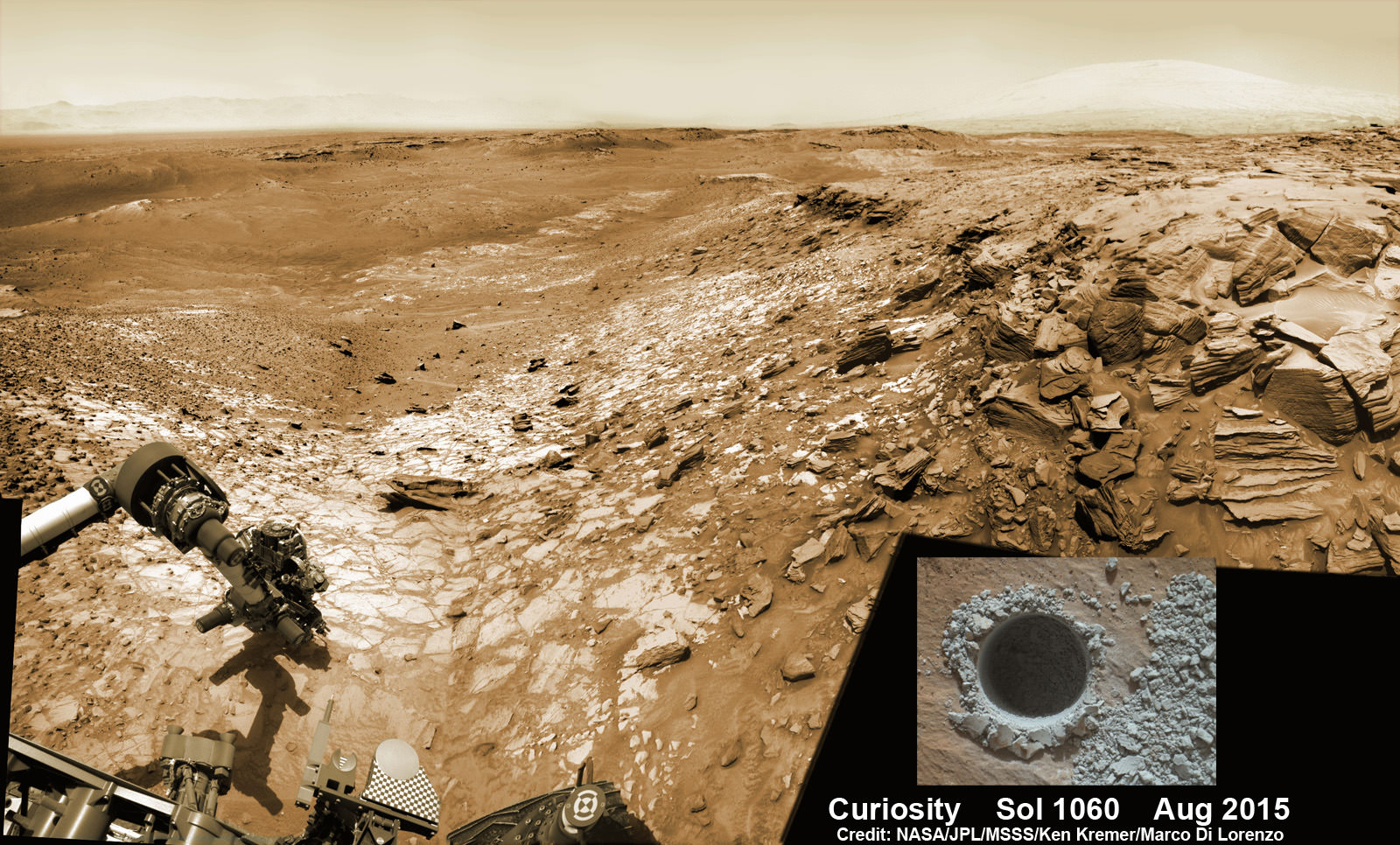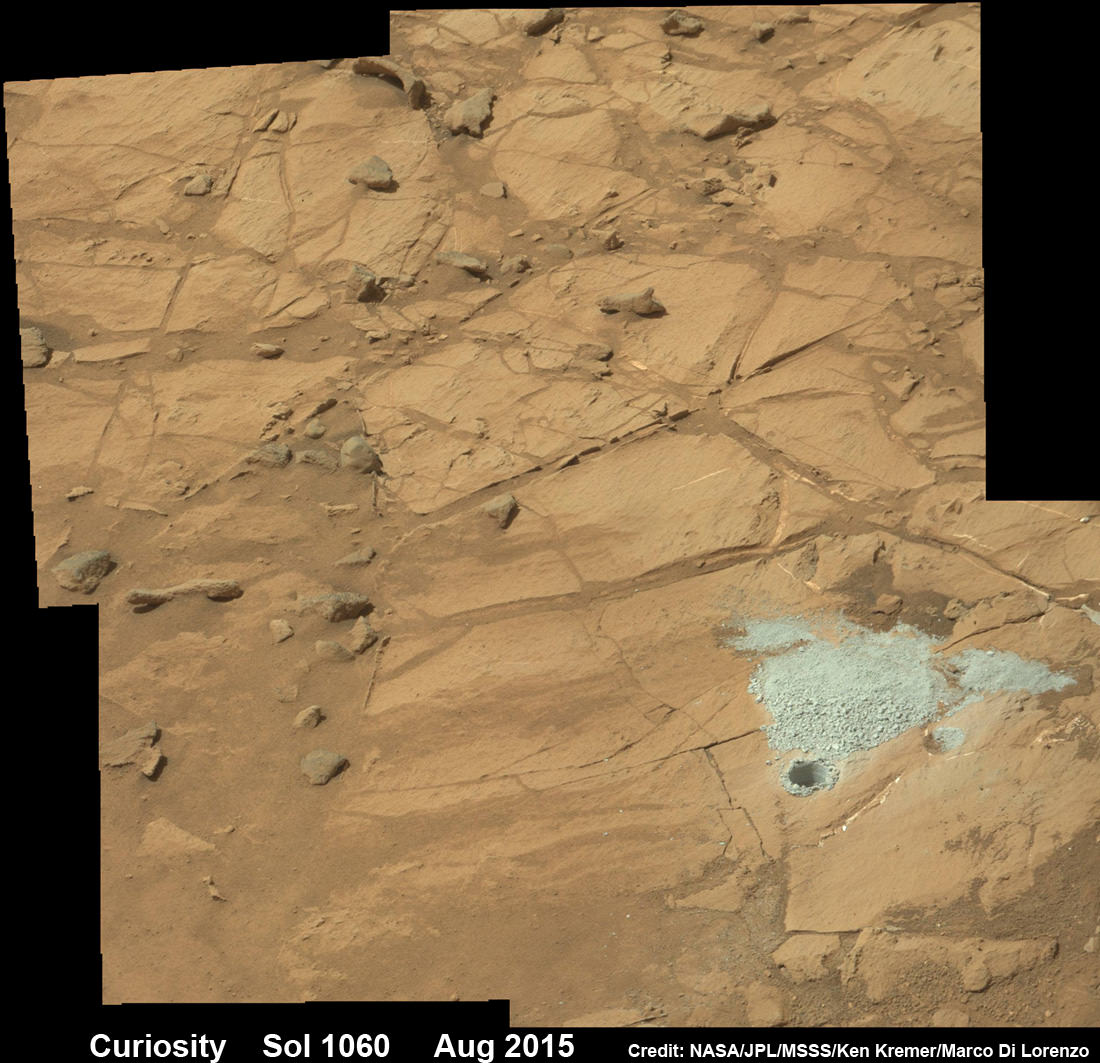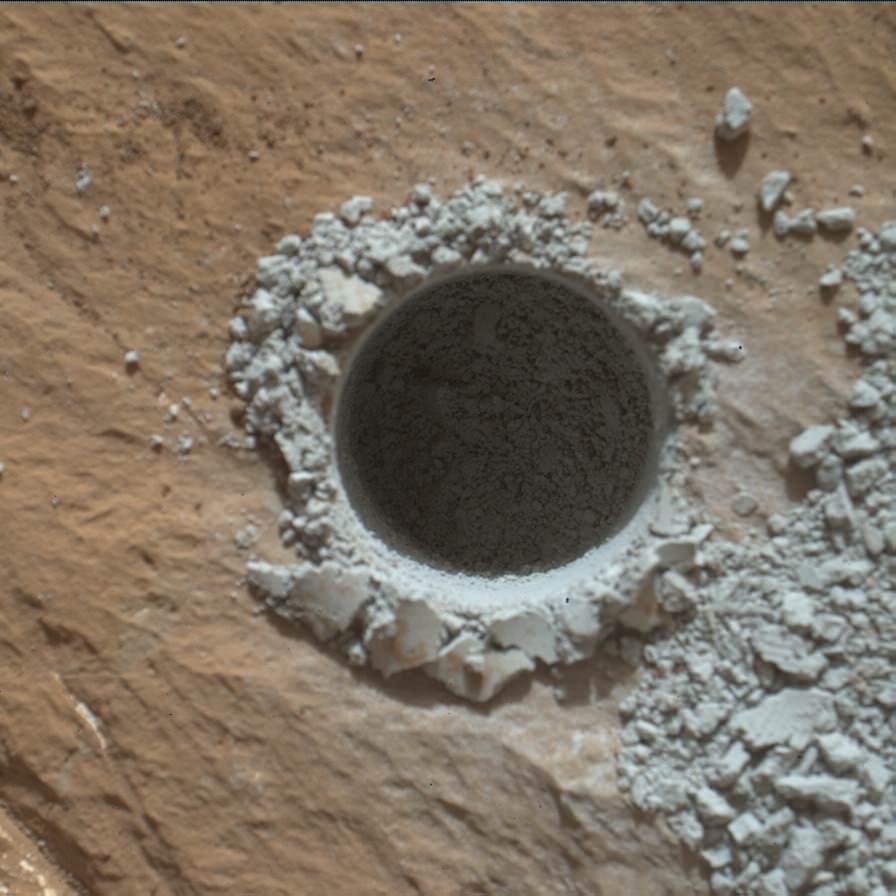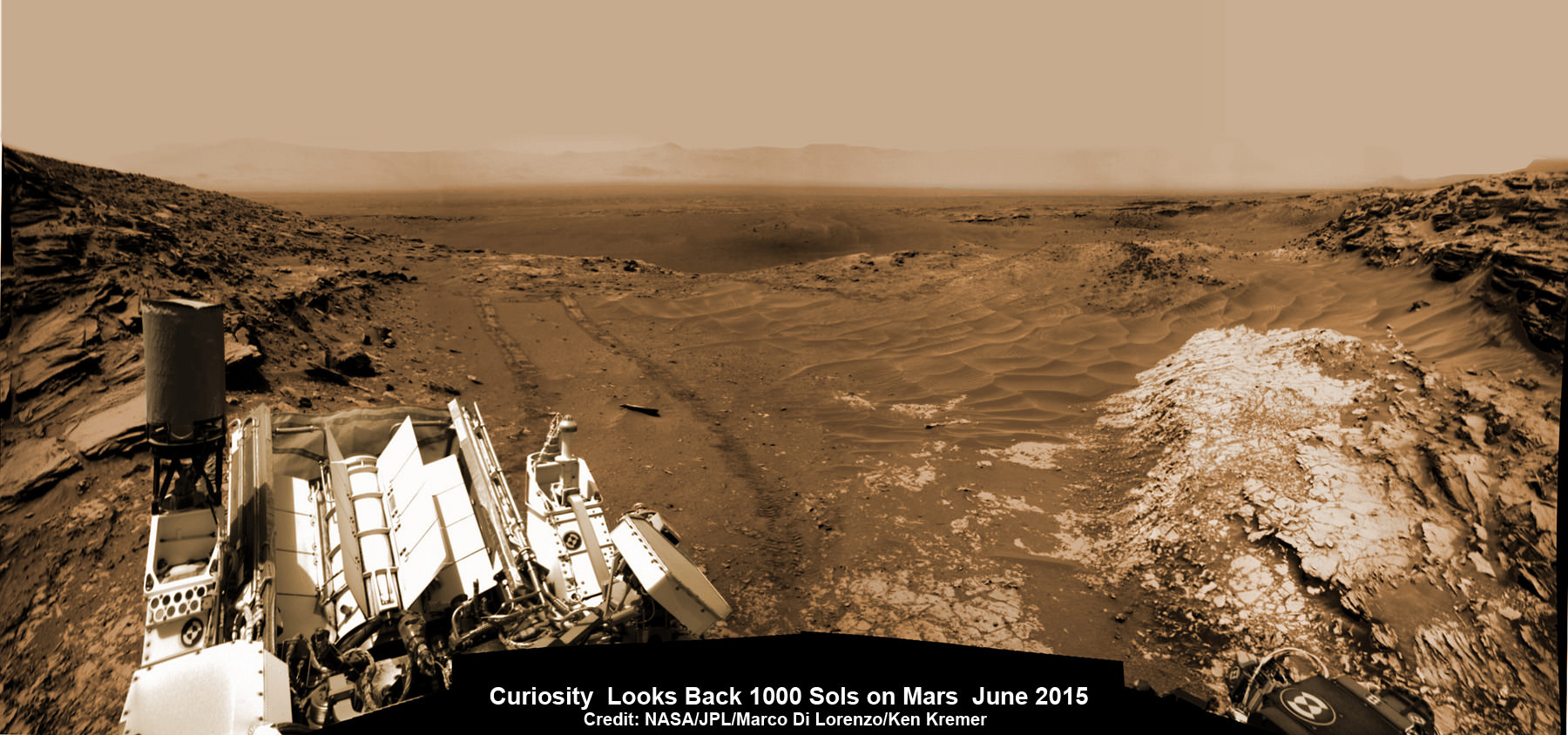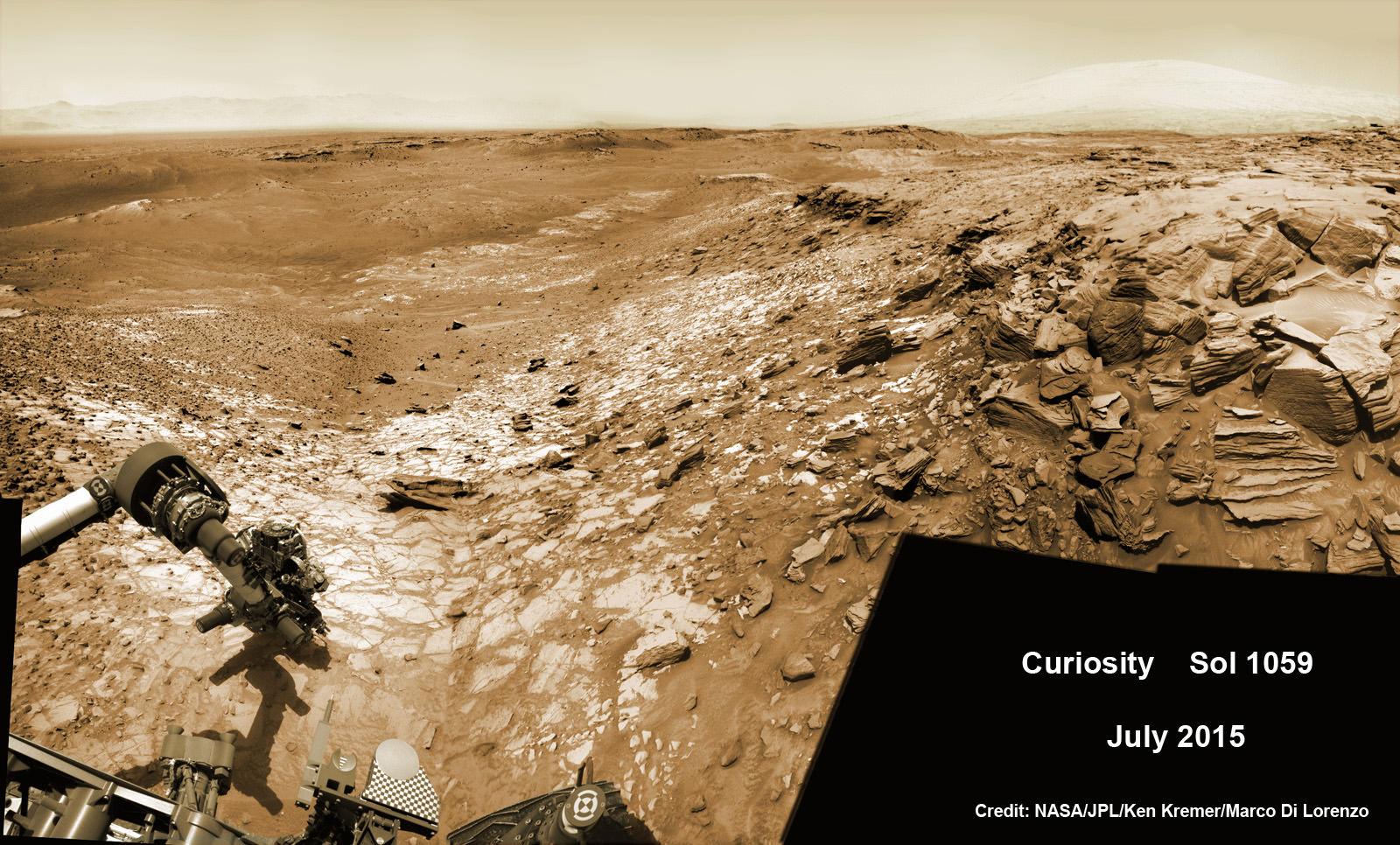Sequence of OSIRIS narrow-angle camera images from 12 August 2015, just a few hours before the comet reached perihelion. Credits: ESA/Rosetta/MPS for OSIRIS Team MPS/UPD/LAM/IAA/SSO/INTA/UPM/DASP/IDA
See hi res images below[/caption]
A spectacular display of celestial fireworks like none ever witnessed before, burst forth from Rosetta’s comet right on time – commemorating the Europeans spacecraft’s history making perihelion passage after a year long wait of mounting excitement and breathtaking science.
As the European Space Agency’s (ESA’s) Rosetta marked its closest approach to the Sun (perihelion) at exactly 02:03 GMT on Thursday, August 13, 2015, while orbiting Comet 67P/Churyumov–Gerasimenko, its suite of 11 state-of-the-art science instruments, cameras and spectrometers were trained on the utterly bizarre bi-lobed body to capture every facet of the comet’s nature and environment for analysis by the gushing science teams.
And the perihelion passage did not disappoint – living up to its advance billing by spewing forth an unmatched display of otherworldly outbursts of gas jets and dust particles due to surface heating from the warming effects of the sun as the comet edged ever closer, coming within 186 million kilometers of mighty Sol.
ESA has released a brand new series of images, shown above and below, documenting sparks flying – as seen by Rosetta’s OSIRIS narrow-angle camera and NAVCAM wider angle cameras on August 12 and 13 – just a few hours before the rubby ducky shaped comet reached perihelion along its 6.5-year orbit around the sun.
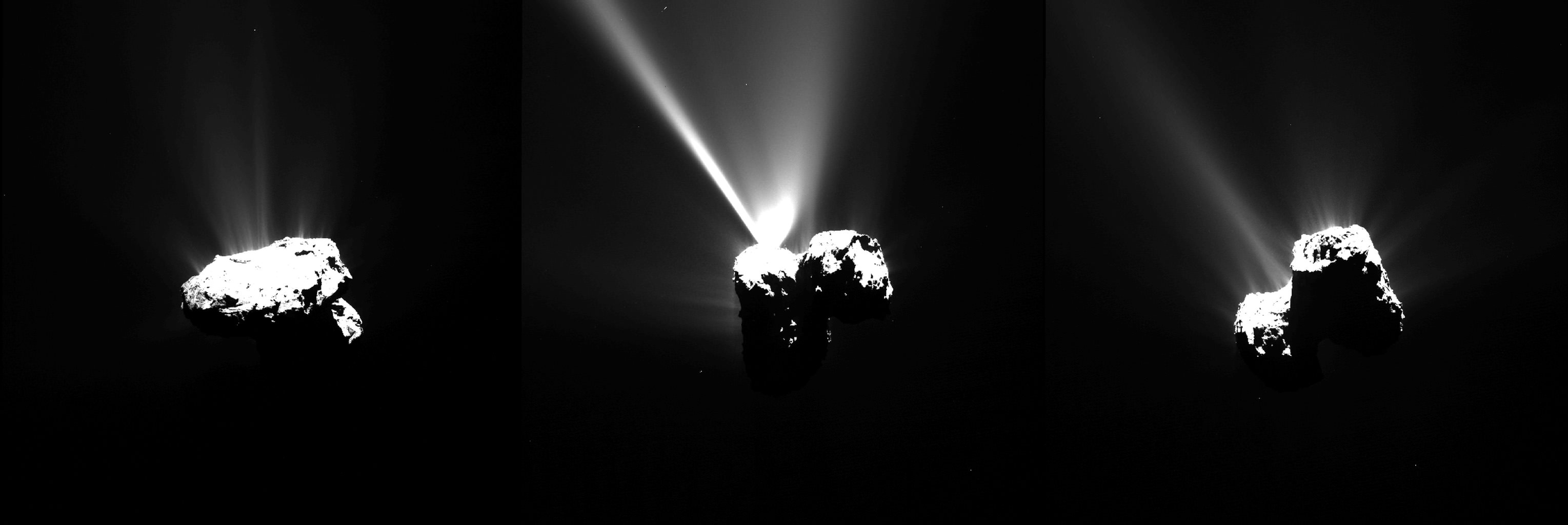
Indeed the navcam camera image below was taken just an hour before the moment of perihelion, at 01:04 GMT, from a distance of around 327 kilometers!
Frozen ices are seen blasting away from the comet in a hail of gas and dust particles as rising solar radiation heats the nucleus and fortifies the comet’s atmosphere, or coma, and its tail.
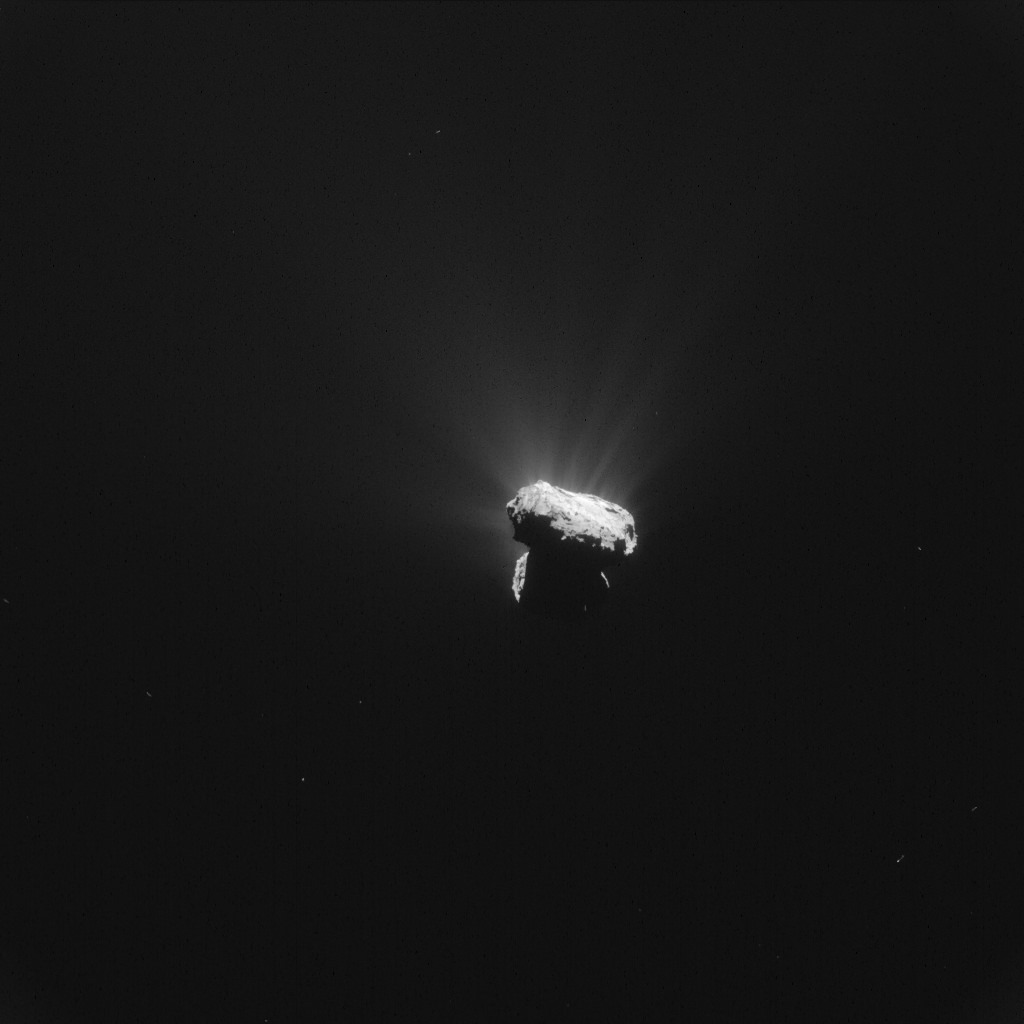
After a decade long chase of over 6.4 billion kilometers (4 Billion miles), ESA’s Rosetta spacecraft arrived at the pockmarked Comet 67P/Churyumov-Gerasimenko exactly a year ago on Aug. 6, 2014 for history’s first ever attempt to orbit a comet for long term study.
In the interim, Rosetta also deployed the piggybacked Philae lander for history’s first landing on a comet on Nov. 12, 2014.
In fact, measurements from Rosetta’s science instruments confirm the comet is belching a thousand times more water vapor today than was observed during Rosetta’s arrival a year ago. It’s spewing some 300 kg of water vapour every second now, compared to just 300 g per second upon arrival. That equates to two bathtubs per second now in Aug. 2015 vs. two small glasses of water per second in Aug. 2014.
Besides gas, 1000 kg of dust per second is simultaneously erupting from the nucleus, “creating dangerous working conditions for Rosetta,” says ESA.
“In recent days, we have been forced to move even further away from the comet. We’re currently at a distance of between 325 km and 340 km this week, in a region where Rosetta’s startrackers can operate without being confused by excessive dust levels – without them working properly, Rosetta can’t position itself in space,” comments Sylvain Lodiot, ESA’s spacecraft operations manager, in an ESA statement.
Here’s an OSIRIS image taken just hours prior to perihelion, that’s included in the lead animation of this story.
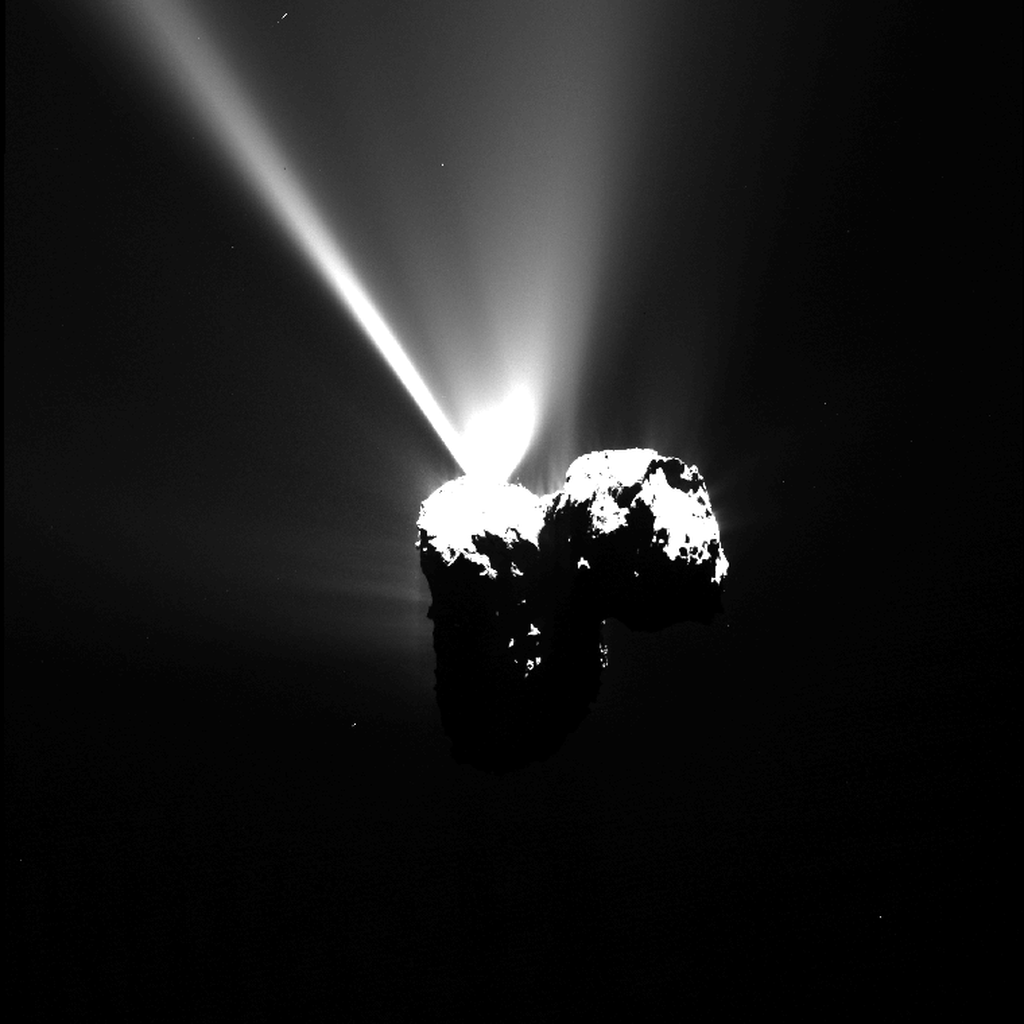
The period of the comet’s peak intensity, as seen in all these images, is expected to continue past perihelion for several weeks at least and fulfils the dreams of a scientific goldmine for all the research teams and hundreds of researchers involved with Rosetta and Philae.
“Activity will remain high like this for many weeks, and we’re certainly looking forward to seeing how many more jets and outburst events we catch in the act, as we have already witnessed in the last few weeks,” says Nicolas Altobelli, acting Rosetta project scientist.
And Rosetta still has lots of fuel, and just as important – funding – to plus up its ground breaking science discoveries.
ESA recently granted Rosetta a 9 month mission extension to continue its research activities as well as having been given the chance to accomplish one final and daring historic challenge.
Engineers will attempt to boldly go and land the probe on the undulating surface of the comet.
Officials with the European Space Agency (ESA) gave the “GO” on June 23 saying “The adventure continues” for Rosetta to march forward with mission operations until the end of September 2016.
If all continues to go well “the spacecraft will most likely be landed on the surface of Comet 67P/Churyumov-Gerasimenko” said ESA.
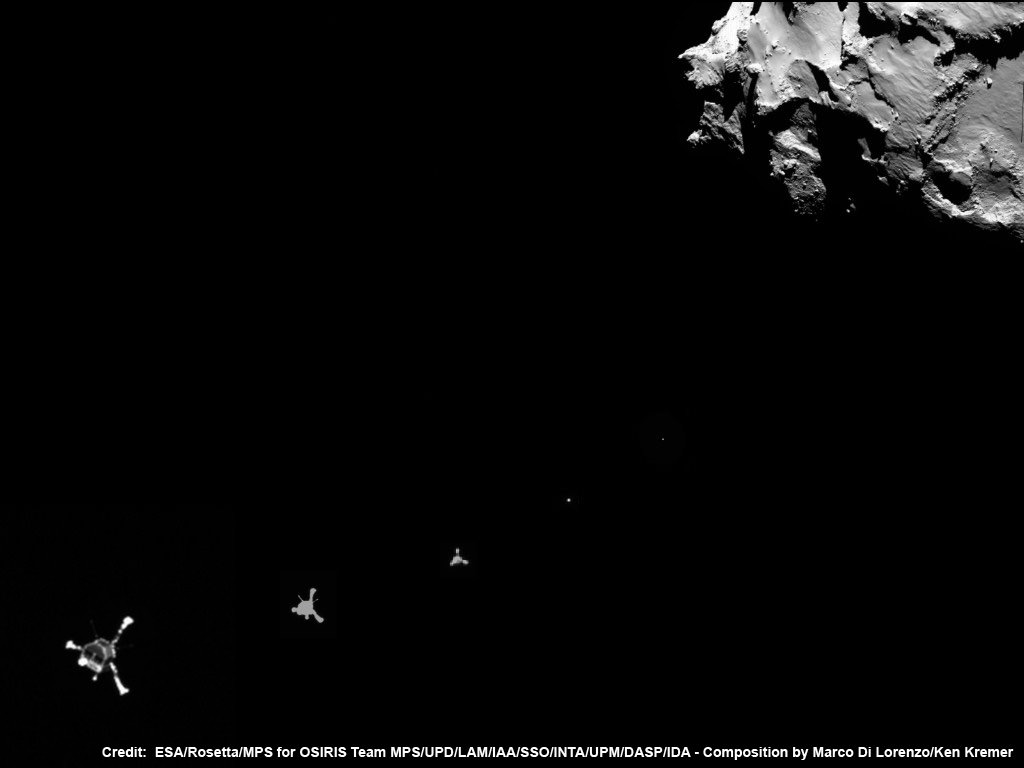
Stay tuned here for Ken’s continuing Earth and planetary science and human spaceflight news.
